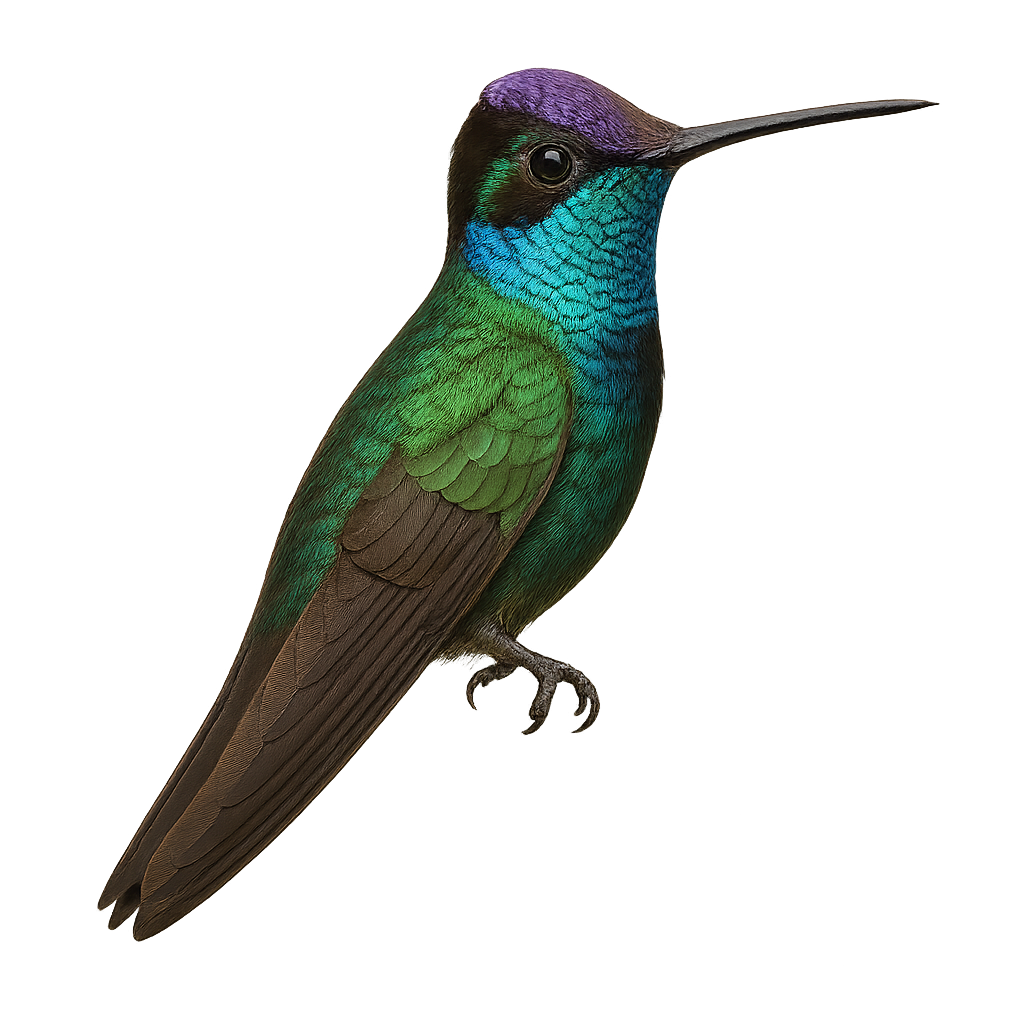Your wildlife photography guide.
Explore the magnificent hummingbird in detail, study its behavior, prepare your shots.
Where to observe and photograph the magnificent hummingbird in the wild
Learn where and when to spot the magnificent hummingbird in the wild, how to identify the species based on distinctive features, and what natural environments it inhabits. The WildlifePhotographer app offers tailored photography tips that reflect the magnificent hummingbird’s behavior, helping you capture better wildlife images. Explore the full species profile for key information including description, habitat, active periods, and approach techniques.
Magnificent Hummingbird
Scientific name: Eugenes fulgens

IUCN Status: Least Concern
Family: TROCHILIDAE
Group: Birds
Sensitivity to human approach: Suspicious
Minimum approach distance: 5 m
Courtship display: April to May
Incubation: 15-17 jours
Hatchings: April to June
Habitat:
Mountain forests, woodland edges
Activity period :
Primarily active during the day, with peak activity in the morning and late afternoon.
Identification and description:
The Magnificent Hummingbird, scientifically known as Eugenes fulgens, is a medium-sized bird, measuring about 13 cm in length. It is renowned for its striking plumage, featuring metallic green hues and an iridescent throat that can appear violet or blue depending on the light. Males boast a brilliant green crown, while females are duller, with grayish tones. This hummingbird primarily inhabits mountain forests and woodland edges, where it feeds on nectar and insects. Its fast and agile flight allows it to maneuver easily between flowers. Although often solitary, it can be seen in small groups during the breeding season.
Recommended lens:
400 mm – adjust based on distance, desired framing (portrait or habitat), and approach conditions.
Photography tips:
To photograph the Magnificent Hummingbird, it is advisable to use a telephoto lens of at least 400mm to capture detailed images without disturbing the bird. Look for areas where flowers are abundant, as these birds are often present there. Be patient and wait for them to perch to feed. Use a fast shutter speed to freeze their rapid flight and adjust the aperture for good depth of field.
The WildlifePhotographer App is coming soon!
Be the first to explore the best nature spots, track rutting seasons, log your observations, and observe more wildlife.
Already 1 431 wildlife lovers subscribed worldwide

